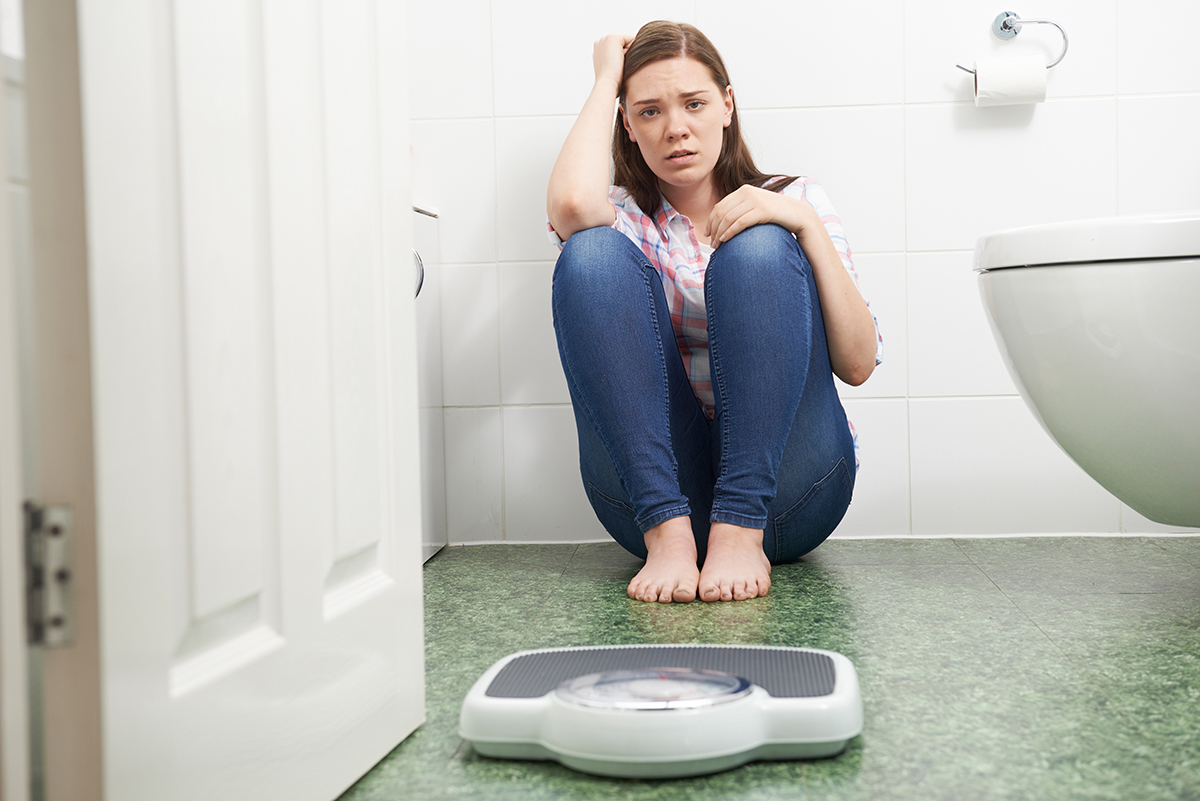Humans come in an array of shapes and sizes, and our bodies are the vehicles that allow us to embrace life’s pleasures. Unfortunately, society reinforces the message that our appearance must conform to specific ideals. In particular, many girls and women go to extremes to achieve a certain size and shape, often sacrificing health and happiness along the way.
According to data from the National Association of Anorexia Nervosa and Associated Disorders, 9% of the U.S. population, or 28.8 million Americans, will develop an eating disorder at some point in their lifetime. What are some disordered eating symptoms to be aware of, and do eating disorders fit the criteria of mental illnesses?
Understanding Eating Disorders
While the Diagnostic and Statistical Manual of Mental Disorders has included eating disorders since the 1980s, the most current edition – the DSM-5 – has updated the definitions of disordered eating to make it easier for mental health professionals to accurately identify and diagnose these problems. Specifically, the DSM-5 now recognizes eight categories of eating and feeding disorders.
Eating disorders are complicated mental illnesses that often arise due to women’s desire to control their circumstances or process challenging emotions. Current research suggests there may also be a genetic component involved in health issues such as anorexia and bulimia.
Due to the body dysmorphia that accompanies eating disorders, adolescent girls may starve themselves, overeat to the point of sickness or make themselves throw up after eating large meals. However, older women can also develop eating disorders in response to the many physical changes associated with menopause.
Eating Disorder Symptoms
Some of the most prevalent red flags of an eating disorder include the following.
- Changes in eating habits: Women with eating disorders may develop ritualistic behaviors around food, such as refusing to eat in front of other people or only eating with specific utensils.
- Preoccupation with food: An eating disorder can cause someone to obsess about what others are eating. For example, they may start watching cooking shows on TV or reading recipe blogs when they previously had no interest in cooking or baking. Or, they might prepare elaborate meals or desserts for friends or family that they have no intention of partaking in themselves.
- Emergence of dietary restrictions: In their ongoing quest for control, people with eating disorders may announce that they are now following a specific, restrictive diet such as paleo, keto or gluten-free. Women adopting dietary constraints often have the underlying motive of further cutting their caloric intake and denying themselves specific foods in a way that makes friends and family less likely to question their choices.
All Food Fits
Diet culture associates strict rules, judgment and guilt with food. Unfortunately, many women grow up internalizing these ideas. If you’ve been strictly counting calories and limiting your diet exclusively to foods you view as “virtuous,” you may punish yourself if you ever slip up and eat something “bad” such as a cookie or a slice of pizza.
The reality is that very few people can deprive themselves of entire categories of food for the rest of their lives, which has given rise to the “all food fits” philosophy. This practical mindset teaches that it’s OK to enjoy the occasional celebratory dessert or indulgent pasta dinner, provided you do so in moderation and eat a balanced diet most of the time. When you give yourself permission to eat things you enjoy, intrusive cravings and binge eating should decrease.
Help for Disordered Eating
Recovering from an eating disorder and body dysmorphia is possible with the appropriate treatment. At Rising Roads Recovery, our treatment team includes licensed therapists, a nutritionist, a board-certified psychiatrist and family therapists to offer a customized wellness plan in a women’s-only environment. To learn more about healing yourself mentally, physically and spiritually, please reach out today.

